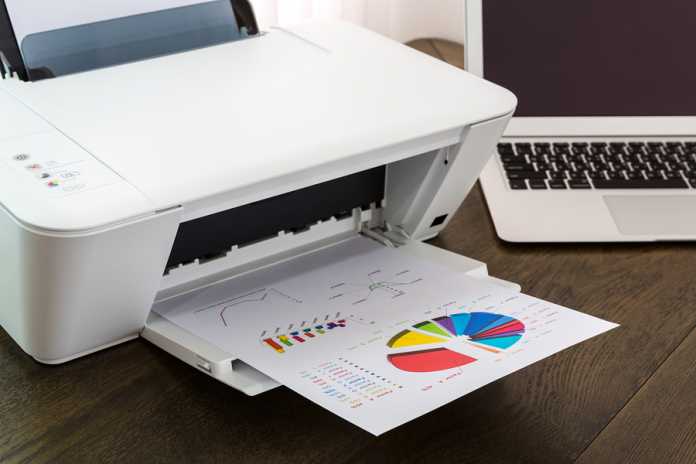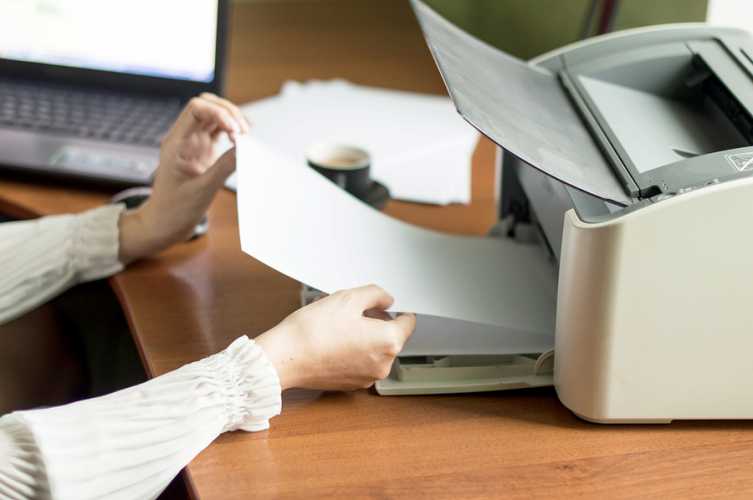
(Updated January, 2017) If you thought that printers were finally on their way out and it’s just a matter of time before they became obsolete, you better think again. Nowadays, even though we are currently experiencing a massive global switch to digital communications, many documents are still being produced in hard copy format—from résumés and office reports to business cards and legal documents.
Make no mistake; printers are here to stay. But how exactly do you take care of the one you own? It’s not unknown to a lot of people that printers are among the most fragile of all computer equipment. Users constantly grovel to these machines and their ridiculous distress calls about low ink levels and paper jams, treat them with all the gentleness that not even a doting mother can muster, and still, after just a couple of years of service, they just seem to decide that it’s time to retire in the local e-waste center.
This situation has a lot to do with the way printers are being produced and marketed these days. Major manufacturers sell inkjet printers at very low prices, sometimes even at a loss, with the thought that they’ll make profit on the sale of their ink cartridges instead. The result is that consumers get low-quality machines and pay outrageous amounts of cash for original equipment manufacturer (OEM) ink products.
One good way consumers can circumvent the high price problem is to get premium, robust printers and just buy alternative ink products instead. For instance, consider choosing re-manufactured and compatible ink cartridges.
Re-manufactured cartridges are high-quality recycled cartridges made from post-consumer cartridges. During re-manufacturing, the empty cartridge shells undergo a thorough cleaning, drying, refilling, and resealing process under stringent quality control conditions, ensuring that they’ll meet or even surpass OEM products in terms of performance.
Compatible printer cartridges, on the other hand, are engineered and manufactured from scratch. High-quality compatible printer cartridges are similar in every way to OEM products, but their prices are significantly lower compared to their branded counterparts.
Still, there’s the question of what you should do to extend your printer’s service life. For the answers, please read this short guide we’ve written.
You Might Also Enjoy: 8 Laptops With the Best Battery Life
Use only high-quality ink and toner products
Speaking of ink products, it is really important that you use only high-quality ink and toner cartridges on your printers. This means none of those ink cartridges that were refilled using do-it-yourself ink refill kits from office supplies stores or those that were replenished by quick refill shops. High-quality remanufactured and compatible printer cartridges are NOT similar to these low-quality products, which can seriously mess up your printer.
Keep your printer free from dust
Tiny foreign objects can infiltrate your printer and cause it to malfunction. Check the manufacturer’s instructions regarding how to clean both the exterior and the interior of your printer, and make sure to do the maintenance work regularly.
Also try to buy a printer cover that you can use to protect your printer whenever it is not in use. A simple printer jacket can go a long way when it comes to keeping your printer clean and free from dust and debris.
Use only high-quality paper
It’s tempting to use thin, low-quality paper on your printer for the sake of saving money on your paper purchases. However, such paper products can easily get folded or torn, causing paper jams and jeopardizing the integrity of your printer’s other components.
It is recommended that you use only high-quality paper products with grades greater than 16lb. 20lb is the standard grade for printing paper, but those graded 24lb tend to be more substantial in weight and form, and they also look more professional.
Don’t overwork your printer
One of the biggest factors that contribute to the decreased longevity of printers is when users operate them beyond their capacity. Before buying a unit, check the printer’s monthly duty cycle or the number of pages it is capable of printing in a single month. Make sure that the unit meets your printing capacity requirements.
If you need a workhorse that can churn out a significant number of sheets every day, then choose a heavy-duty enterprise-class printer instead.
Use your printer regularly
Conversely, you should also make sure that you use your printer on a regular basis. Leaving your unit sitting unused for too long might cause the ink to dry up, or the printer could malfunction in some other way.
If you’re not using your printer regularly, at least run the self-clean function and print a test-page every week. This will help keep your printer’s ink flowing and prevent streaks, smudges, and other errors when printing.
Keep your printer away from direct sunlight and humidity
Your printer should be positioned in a dry and clean environment away from direct sunlight. Humidity can cause the paper to stick together, increasing the risk of paper jams. Moisture can also cause the metal and electronic parts of your printer to corrode. Sunlight, on the other hand, can cause excessive heat buildup in your printer, in addition to affecting the material integrity of its plastic components.
Many printers available in the market today are quite delicate. However, with the right kind of care and ample maintenance, you might just be able to extend the life of your unit for many more months of service.